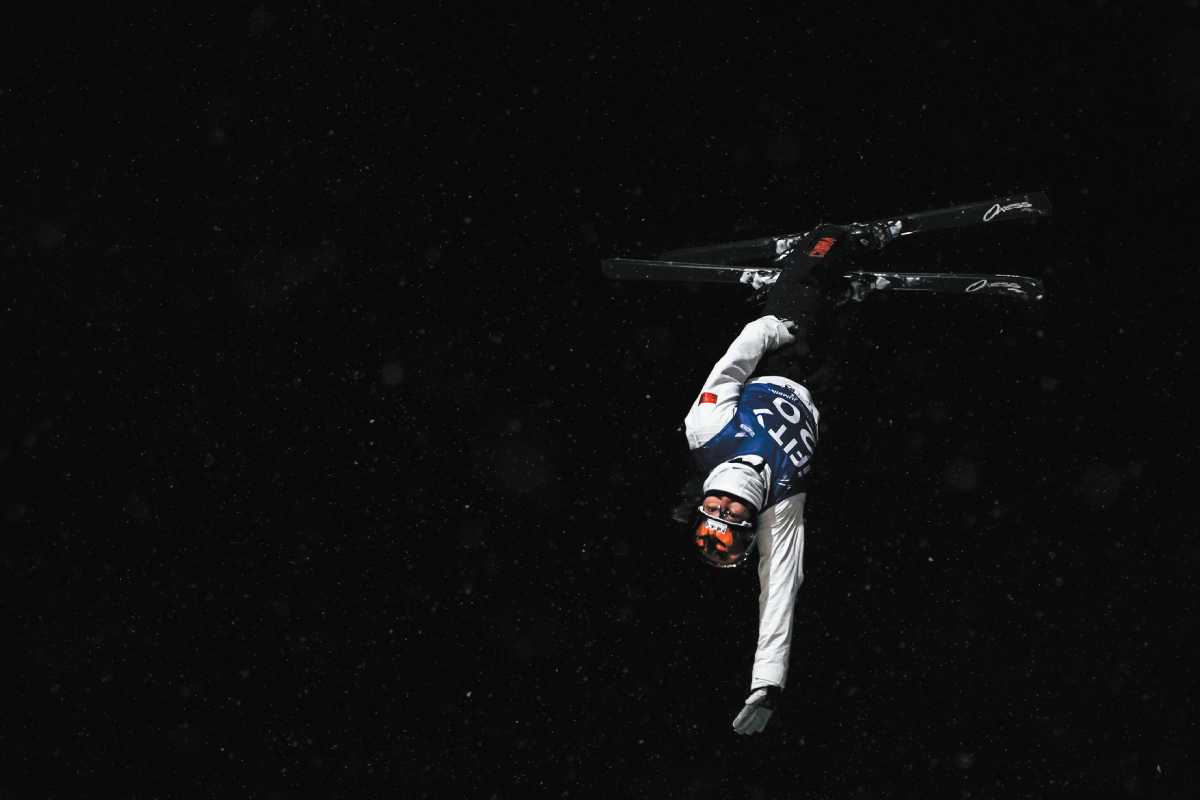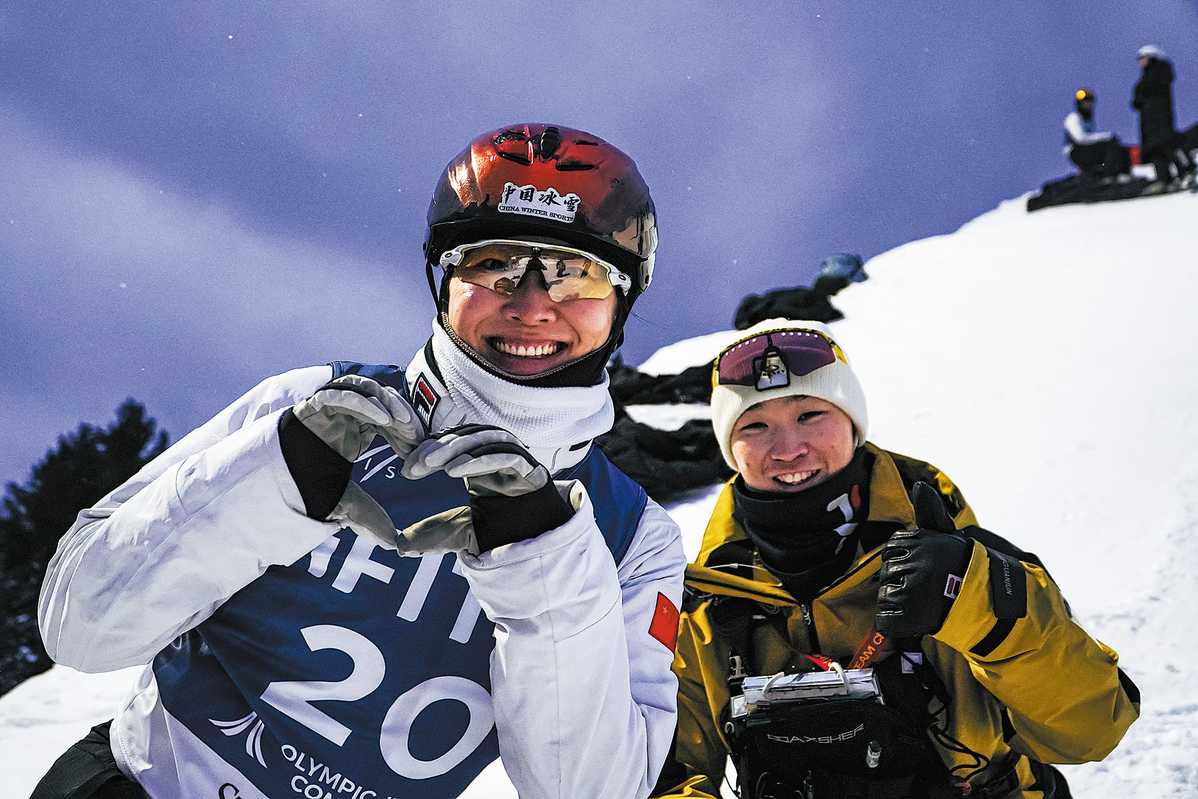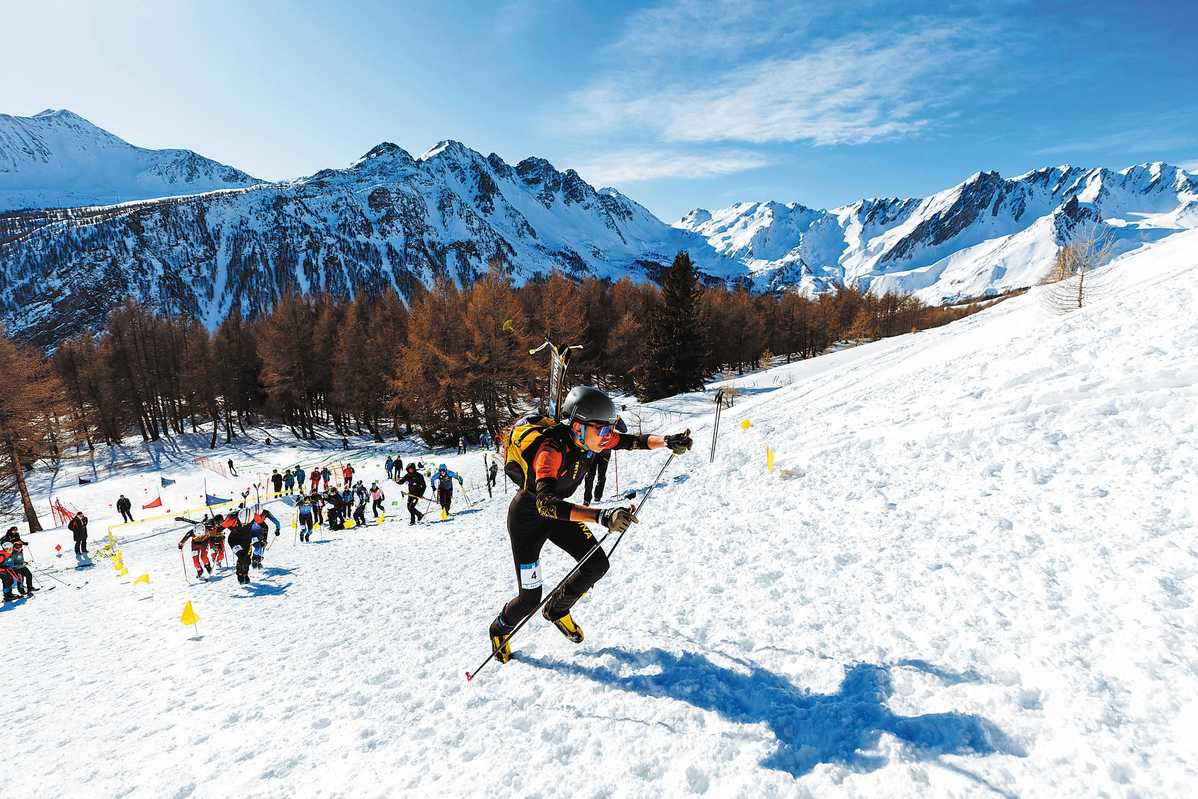Ski Mountaineering is set to scale new heights ahead of its Olympic debut next year

China’s Olympic champion Freestyle skier Xu Mengtao is primed to prove her world-leading prowess in Freeski Aerials on her home snow. RUDI GARMISCH
The latest addition to the Olympic winter sports programme—Ski Mountaineering—is expected to scale new heights of popularity, piquing the interest of fans in Harbin, with its Asian Winter Games inclusion serving as a dress rehearsal for its much-anticipated Olympic debut.
Despite being the smallest among all six snow sports in terms of medals up for grabs on the programme at Harbin 2025, Ski Mountaineering is drawing increasing attention at the 9th Asian Winter Games as participating athletes, fans and sports officials all look forward to its critical test run ahead of the 2026 Winter Olympics in Italy.
Harbin 2025 features exactly the same events as those that will be on the programme of Milano Cortina—Men’s and Women’s Sprints, and Mixed Relay combining two sprint races, with three gold medals up for grabs in total.
An endurance sport originating from transportation across snow-covered regions, Ski Mountaineering—known as Skimo—combines ascents and descents over alpine terrain with long, rugged uphill sections that require athletes to climb, challenging skiers more physically than its counterpart cross-country event.
Traditionally only popular in the European Alps, the growth of Skimo in North America and China has helped the sport gain more international exposure, prompting the International Olympic Committee to decide in 2021 to add it to the official programme for next year’s Winter Games.

Ski Mountaineering will likely be a big draw, as it enjoys an important Asian test run ahead of its Winter Olympics debut at Milano Cortina 2026. ISMF
The Olympic Council of Asia followed suit in 2023 to include it in the programme for Harbin 2025, a move welcomed by the International Ski Mountaineering Federation (ISMF), which has been dedicated to promoting the sport’s profile using the exposure of major multisport events since it was officially recognised by the IOC in 2016.
Held at the Yabuli Ski Resort, which is about 200 kilometers from downtown Harbin, the Skimo programme at the Asian Winter Games kicks off with the Qualifications in the Individual Sprint, beginning at 10:30 am on Feb 9, followed by Semifinals and Finals on the same day, before the Mixed Relay caps off its Asian Winter Games debut three days later.
The Sprint event involves athletes racing in three phases: skiing uphill from the start, climbing with skis attached to their back for a steep ascent, usually 70 meters above the start line, before switching back to skiing and racing down a giant slalom-like course to the finish line—all in under four minutes.
Since it was established in 2022, China’s Ski Mountaineering national team has collected an impressive medal haul from international events, achieved mainly by athletes selected from the high-altitude areas in Xizang and the Xinjiang Uygur Autonomous Region.
The strong results include 22 gold, three silver and seven bronze medals in multiple disciplines, such as individual, sprint and vertical, from seven ISMF World Cup events, four Youth World Cup legs, and the 2023 World Championships.
Young and ambitious, Team China has completed a two-month training and competition programme in Europe. It returns to home snow in full confidence and ready to prove its continental dominance in the tactical test of speed and endurance.
With 10 national associations from Asia having joined the ISMF, including provisional members, Skimo is expanding to new territories, however, none seem quite strong enough yet to threaten the host’s medal ambitions.

Ski Mountaineering will likely be a big draw, as it enjoys an important Asian test run ahead of its Winter Olympics debut at Milano Cortina 2026. ISMF
Freeski Aerials Synchro delights
The Yabuli Cluster will also provide fans with another fresh take on the beauty of snow sports with Freeski Aerials to feature a new synchronised format.
The Synchro event involves male or female pairs taking off simultaneously from two relatively lower-than-normal jumps to perform flips and spins at the same pace, with the synchronisation of their tricks heavily judged in the scoring of their runs.
The inclusion of the new format in Harbin, as well as on the FIS 2024-25 World Cup circuit, is expected to help push it into contention for future Winter Olympics inclusion.
The host squad, led by reigning Olympic individual champions Xu Mengtao and Qi Guangpu, will face a serious challenge in Yabuli from fierce international rival Kazakhstan, another powerhouse in the sport that will possibly feature men’s European Cup winner Sherzod Khashyrbayev, reigning world junior champion Dinmukhammed Raimkulov, and women’s European Cup bronze medallist Ayana Zholdas.
Mixing it up
In Harbin, on the rink, Mixed Doubles’ Curling will make its long-overdue debut at the Asian showpiece after having been contested at the Winter Olympics twice at Pyeongchang 2018 and Beijing 2022.
With only two players involved and shorter frame of competitions, Mixed Doubles’ Curling, which is somewhat more unpredictable than the four-player team event, opens up greater opportunities for underdogs to upset the heavyweights.
The mixed event, which already kicked off its Round Robin play on Tuesday with the final scheduled right after the Opening Ceremony on Saturday, has guaranteed an intriguing contest of tactics and precision as the host team, Japan, the Republic of Korea and Chinese Taipei, among many others, look to slide their way to continental glory.
